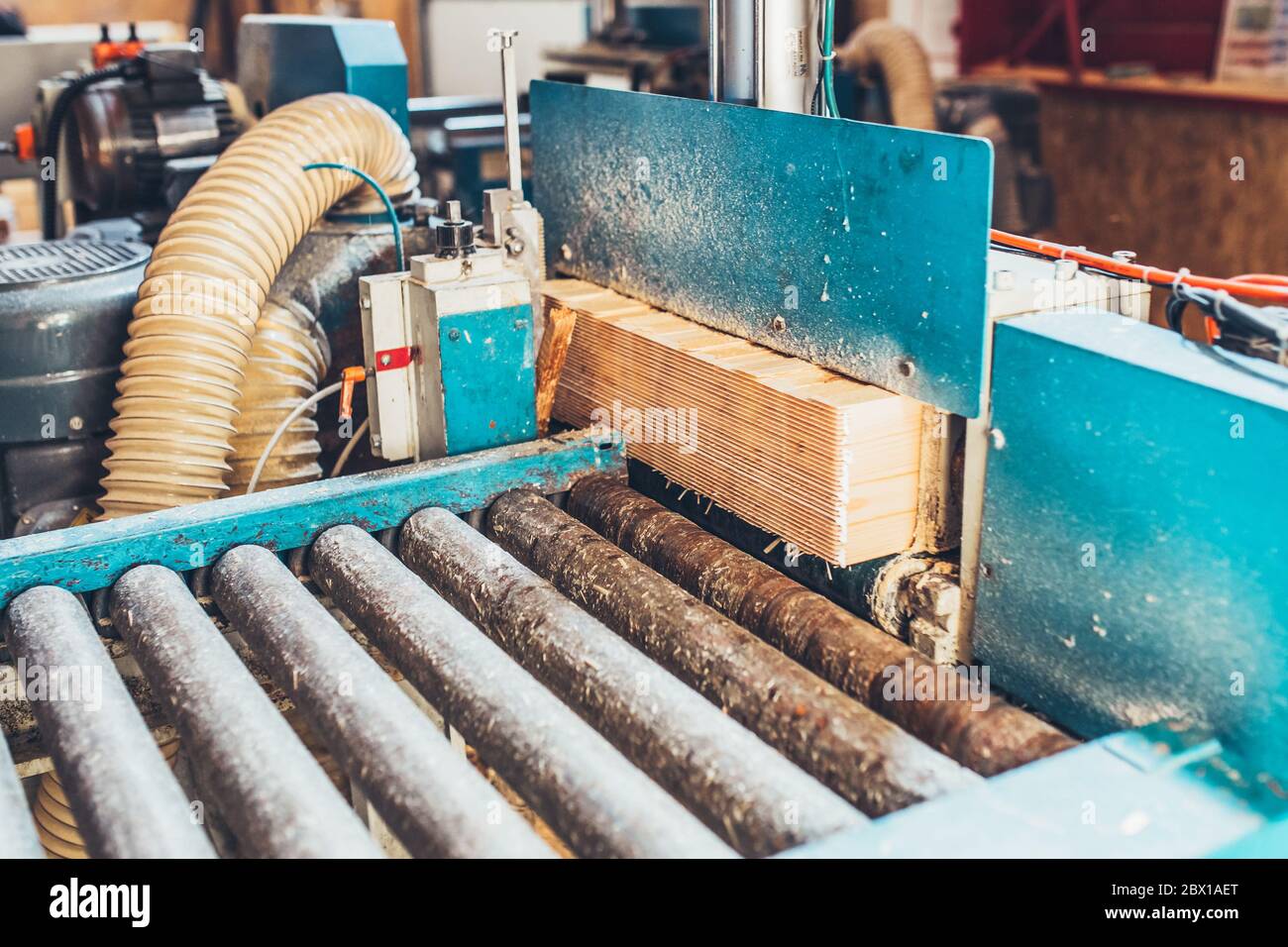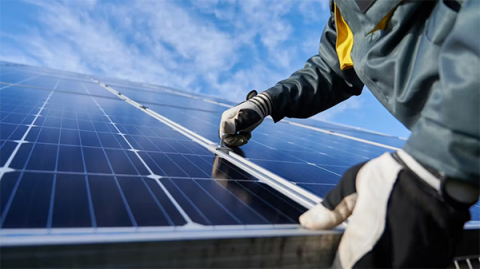Top 10 Production of Building Materials Companies
The production of building materials is a cornerstone of the global economy. It supplies essential products for residential, commercial, and infrastructure projects. This industry covers traditional materials like cement, steel, and glass. It also includes innovative, sustainable solutions like low-carbon concrete and recycled building products. Global urbanization and the demand for sustainability push producers to increase efficiency and reduce their environmental impact.

Industry Overview and Key Terms
Building materials production involves the extraction of raw materials, their processing, and the manufacturing of finished goods. Companies measure output in volume (tons or cubic meters) and value (US dollars). Global supply chains are critical, involving logistics, distribution, and local production hubs. Key challenges include energy-intensive processes, carbon emission regulations, and raw material price changes. The circular economy model is gaining traction. It focuses on minimizing waste and reusing materials in production cycles.
Ranking Methodology
This list ranks companies based on 2023 production data. It uses annual reports, industry publications like the Global Cement Report, and data from providers like Statista. The ranking criteria include total production volume (50% weight), revenue (30% weight), and innovation efforts (20% weight). only integrated producers that handle manufacturing are included. Pure distributors or retailers are excluded. Data from private companies is estimated using industry benchmarks.
Top 10 Companies: A Detailed Analysis
Here are the top ten building materials producers by volume and market influence.
1. LafargeHolcim
LafargeHolcim is the world's largest cement producer. It manufactures over 280 million tons of cement annually. The company leads in sustainable products, such as its EcoPact green concrete. It operates production facilities on every continent, focusing on reducing its carbon footprint.
2. Saint-Gobain
Saint-Gobain is a French multinational. It produces glass, gypsum boards, and insulation materials. The company emphasizes energy-efficient solutions for buildings. Its global network supports a diverse range of construction projects.
3. CEMEX
CEMEX is a Mexican company known for cement and ready-mix concrete. It innovates with digital tools to optimize its supply chain. The company maintains a strong presence in the Americas, Europe, and Asia.
4. CRH
CRH is an Irish company with a diverse product portfolio. It produces aggregates, asphalt, and various building materials. Growth through acquisition is a key part of its strategy to expand global operations.
5. HeidelbergCement
HeidelbergCement is the second-largest cement producer globally. It invests in carbon capture technology, like its Brevik project in Norway. The company focuses on reducing emissions across its production processes.
6. Knauf
Knauf is a German specialist in insulation materials and gypsum boards. Its products improve thermal efficiency and acoustics in buildings. The company prioritizes sustainable manufacturing practices.
7. USG Corporation
USG Corporation is a leader in gypsum and ceiling systems in the United States. It drives innovation in lightweight, durable building materials for modern construction.
8. Boral Limited
Boral Limited is an Australian company. It produces concrete, bricks, and roofing materials. Its operations are concentrated in the Asia-Pacific region, catering to local market needs.
9. Sika AG
Sika AG is a Swiss company specializing in specialty chemicals. It provides concrete admixtures and waterproofing solutions. These products enhance the durability and performance of structures.
10. James Hardie
James Hardie is an Irish-Australian manufacturer of fiber cement products. It is renowned for its durable siding and exterior solutions for residential and commercial buildings.
Production Technology and Innovation
Automation is transforming production. Robots and AI systems improve quality control and efficiency. Low-carbon technologies are critical. Carbon Capture, Utilization, and Storage (CCUS) is used in cement plants to reduce CO2 emissions. Material science advances include self-healing concrete and smart glass. Digitalization uses IoT sensors to monitor production lines and minimize waste. Renewable energy, like solar and wind power, powers factory operations. Circular economy practices use industrial by-products like fly ash and slag as raw materials.
Sustainability and Environmental Impact
The cement sector alone accounts for approximately 8% of global CO2 emissions. Regulations like the EU Green Deal push for lower emission targets. Water management is crucial. Production processes require significant water, and recycling systems help conserve it. Certification systems like LEED and BREEAM influence material selection by promoting sustainable options. Waste management initiatives aim for zero waste to landfill. Bio-based materials, such as bamboo and hempcrete, are emerging as sustainable alternatives. Life Cycle Assessment (LCA) tools measure the environmental impact of products from creation to disposal.
Market Trends and Future Outlook
Global demand is driven by urbanization in Asia and Africa. Government infrastructure spending also boosts growth. Supply chain localization is a trend. It reduces transportation emissions and increases resilience. Personalized production allows for materials customized to specific project needs. Mergers and acquisitions continue to consolidate the industry. This creates economies of scale and fosters innovation. Future technologies may involve nanotechnology and bio-materials. Risks include geopolitical issues, raw material shortages, and climate change effects. The industry is shifting towards greener, more digital production methods. The top ten companies are leading this transformation.




